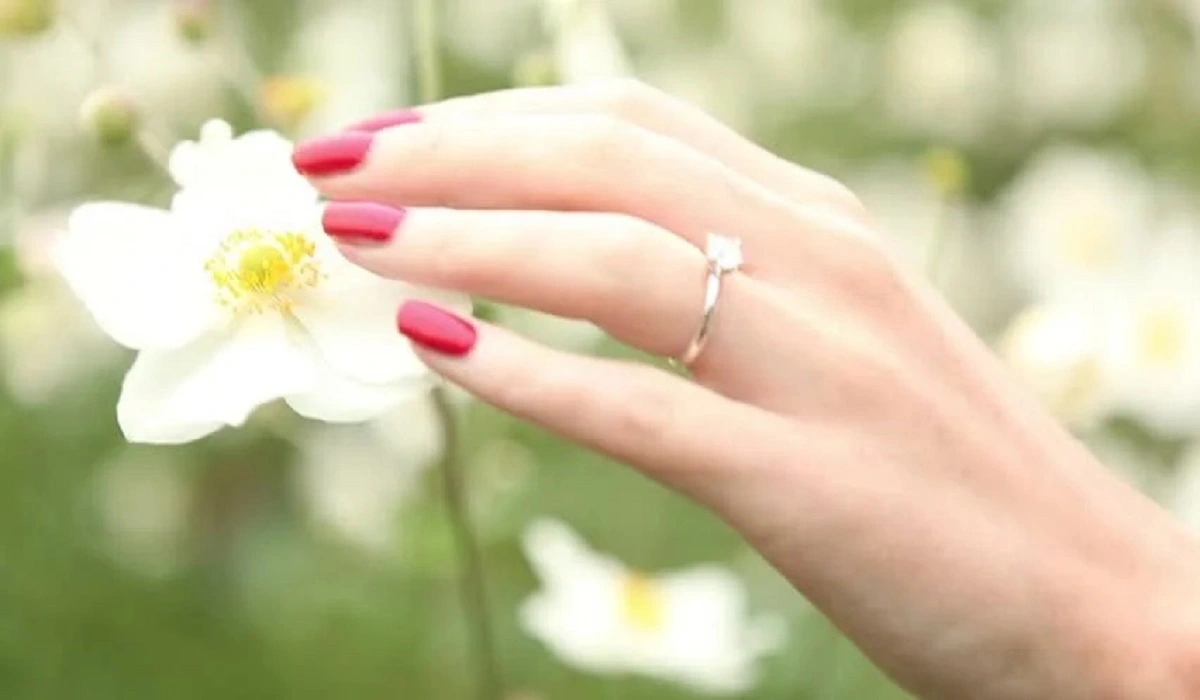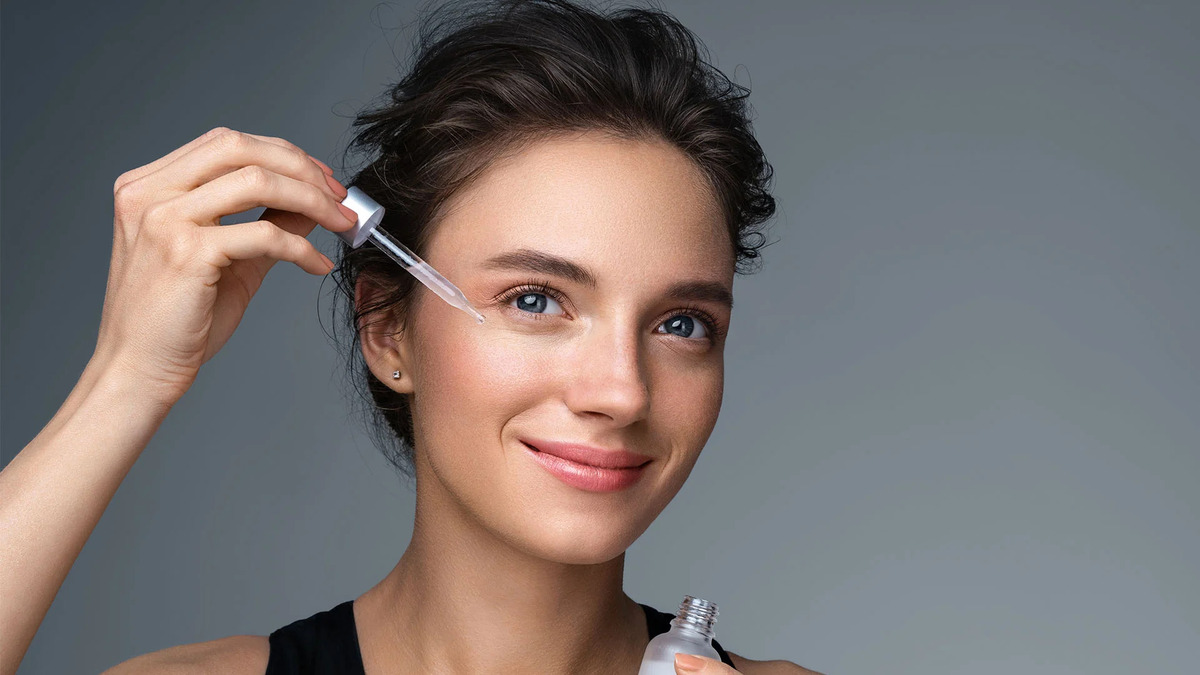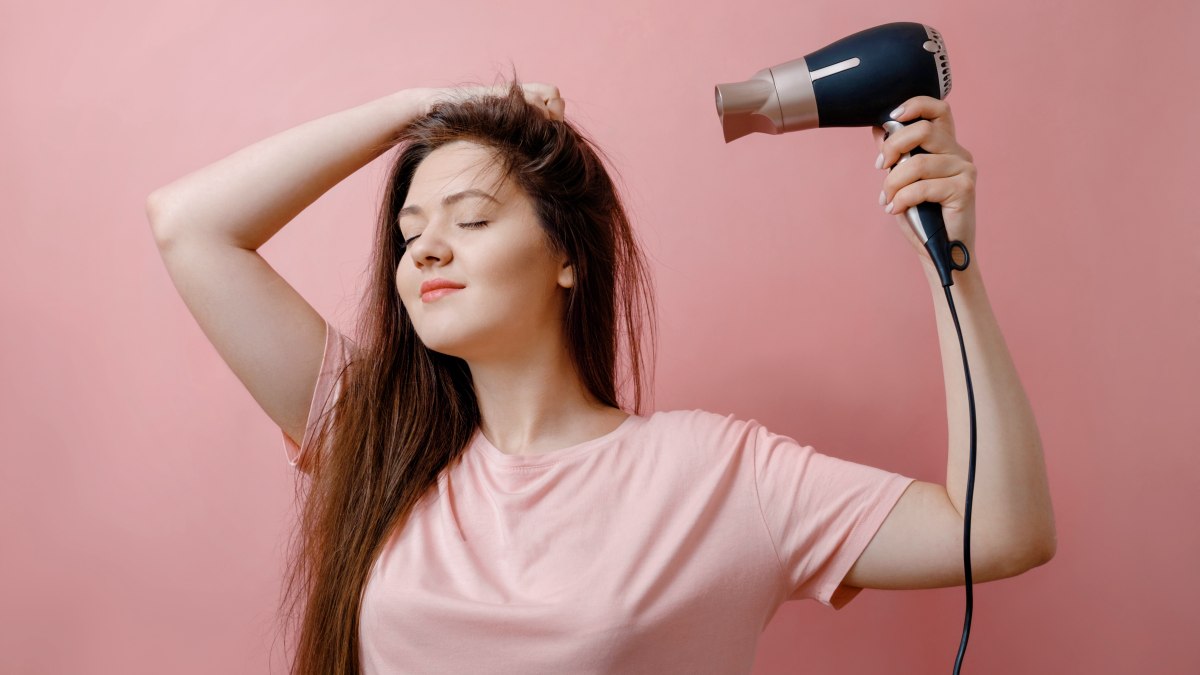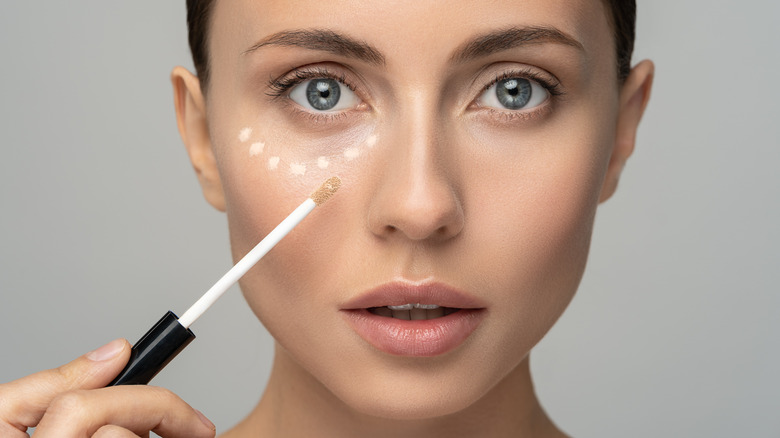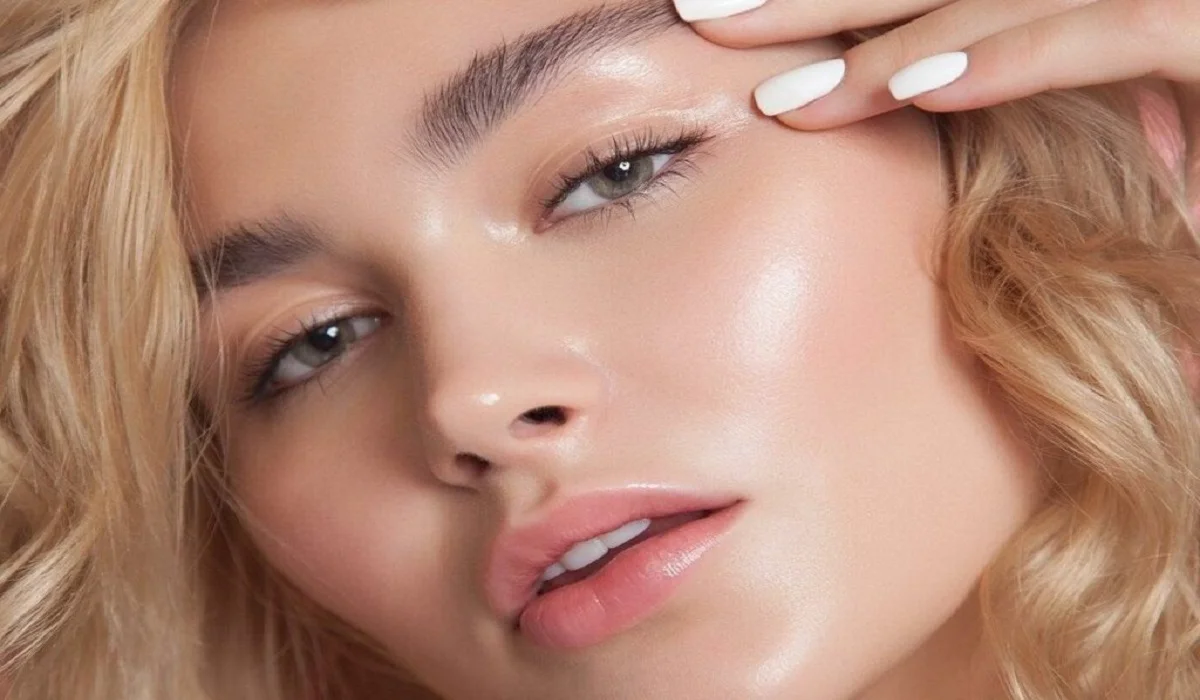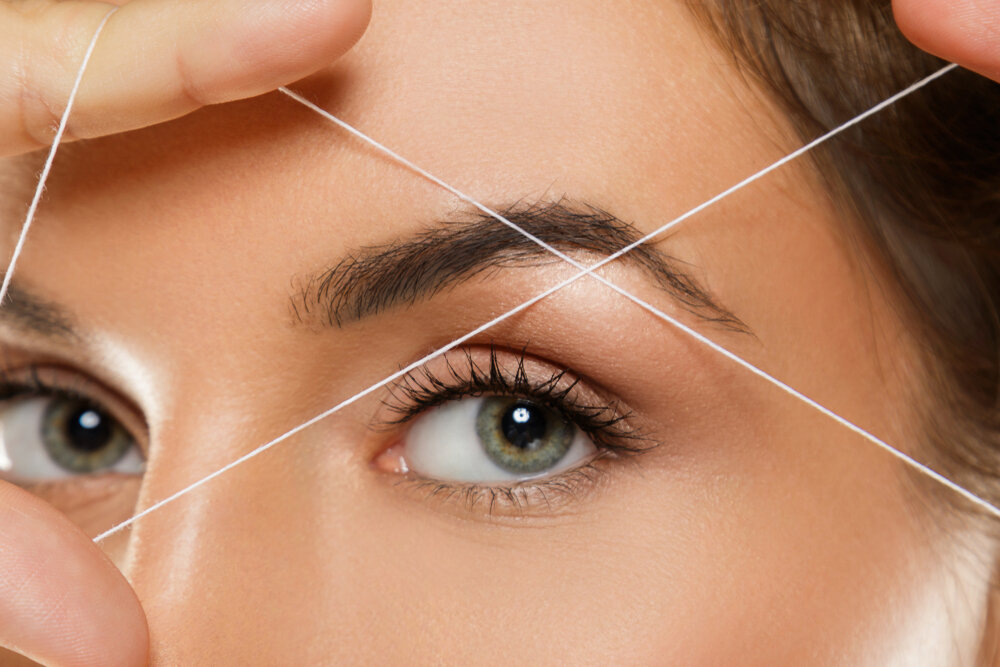
Eyebrow threading is a popular method of hair removal that originated in South Asia and has become increasingly popular in the Western world. It is a precise and relatively painless way to shape and groom eyebrows. In this guide, we will cover everything you need to know about eyebrow threading, including what it is, how it works, the benefits, and what to expect during and after the procedure.
What is Eyebrow Threading?
Eyebrow threading is a hair removal technique that involves twisting and pulling a thread along the skin, which removes the hair from the follicle. The thread is typically made of cotton or polyester and is doubled over, creating a loop at one end and two loose ends at the other. The practitioner holds one end of the thread in their mouth and uses the other hand to manipulate the loop, allowing them to precisely remove individual hairs from the eyebrow area.
How does Eyebrow Threading Work?
Eyebrow threading works by pulling out hair from the root. The practitioner will use the looped end of the thread to trap and twist individual hairs, pulling them out from the follicle. Because threading only removes hair from the root, the results can last up to 4-6 weeks before the hair grows back. Additionally, threading is a relatively gentle technique, as it does not require any chemicals or heat, making it suitable for those with sensitive skin.
Benefits of Eyebrow Threading:
There are several benefits to eyebrow threading. First, it is a precise technique, allowing for a more defined and tailored eyebrow shape. Second, it is less painful than other hair removal methods, such as waxing, as it does not pull on the skin. Third, threading is a quick and easy procedure that can be done in a matter of minutes. Finally, because threading only removes hair from the root, the results can last up to 4-6 weeks, making it a low-maintenance option.
What to Expect During an Eyebrow Threading Procedure:
If you have never had your eyebrows threaded before, you may be wondering what to expect during the procedure. First, the practitioner will ask you about the shape and style you are looking for. They will then use a white eyeliner pencil to draw on the shape of your new eyebrows. Once you have approved the shape, the practitioner will begin the threading process, using the looped end of the thread to remove hairs from the eyebrow area. You may experience some mild discomfort during the procedure, but it should not be painful. Once the threading is complete, the practitioner will apply a soothing cream or gel to the area to reduce any redness or irritation.

Aftercare for Eyebrow Threading:
Aftercare for eyebrow threading is relatively simple. You should avoid touching or rubbing the eyebrow area for at least 24 hours after the procedure to allow the skin to heal. You may also experience some redness or mild swelling, which should subside within a few hours. You can apply a cool compress to the area to reduce any discomfort. Finally, it is important to keep the eyebrow area clean and avoid applying any makeup or skincare products for at least 24 hours after the threading.
Eyebrow threading is a precise, gentle, and low-maintenance way to groom and shape your eyebrows. It is a popular technique that has been used for centuries and has gained popularity in the Western world in recent years. If you are looking for a quick and easy way to shape your eyebrows, eyebrow threading may be the perfect solution for you.
Tips for Choosing a Practitioner:
When it comes to eyebrow threading, it’s important to choose a practitioner who is experienced and skilled in the technique. Look for a practitioner who has a reputation for quality work and who uses high-quality threads and tools. Additionally, make sure the practitioner is licensed and trained to perform eyebrow threading.
Cost of Eyebrow Threading:
The cost of eyebrow threading varies depending on your location and the practitioner you choose. In general, you can expect to pay anywhere from $10 to $40 for an eyebrow threading session. While this may be more expensive than some other hair removal techniques, such as shaving or plucking, the results can last much longer, making it a cost-effective option in the long run.
How Often Should You Get Eyebrow Threading?
The frequency of eyebrow threading depends on your individual hair growth and preferences. However, in general, most people get their eyebrows threaded every 4-6 weeks. This allows enough time for the hair to regrow and for the skin to recover from the previous threading session.
Risks and Side Effects of Eyebrow Threading:
While eyebrow threading is generally considered safe, there are some risks and side effects to be aware of. These may include redness, swelling, and irritation of the skin. Additionally, if the practitioner is not skilled or experienced, they may accidentally remove too much hair or cause injury to the skin. To minimize these risks, it’s important to choose a skilled practitioner who uses high-quality tools and threads.
Alternative Hair Removal Techniques:
While eyebrow threading is a popular hair removal technique, it may not be the best option for everyone. Alternative hair removal techniques include waxing, plucking, and shaving. Each technique has its own pros and cons, and it’s important to choose the method that works best for your individual needs and preferences.
In conclusion, eyebrow threading is a popular and effective hair removal technique that can help you achieve perfectly shaped and groomed eyebrows. With the right practitioner and aftercare, you can enjoy the benefits of eyebrow threading for weeks at a time. Whether you are new to eyebrow threading or a seasoned pro, this guide can help you get the most out of this ancient and effective technique.


